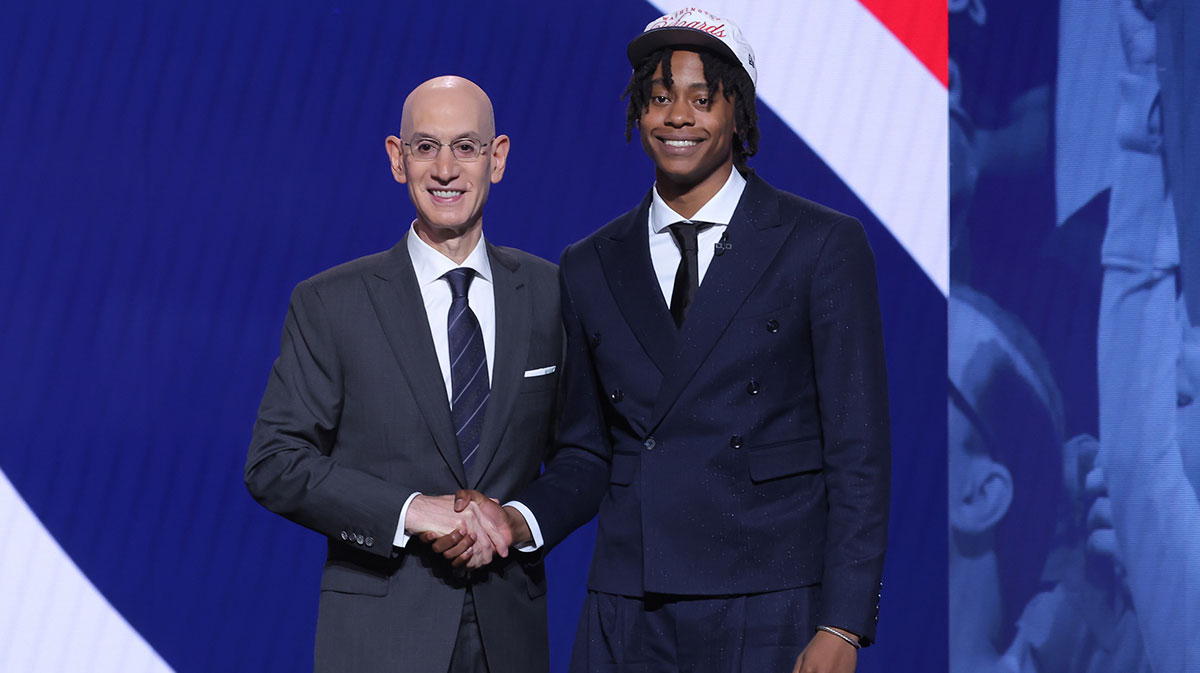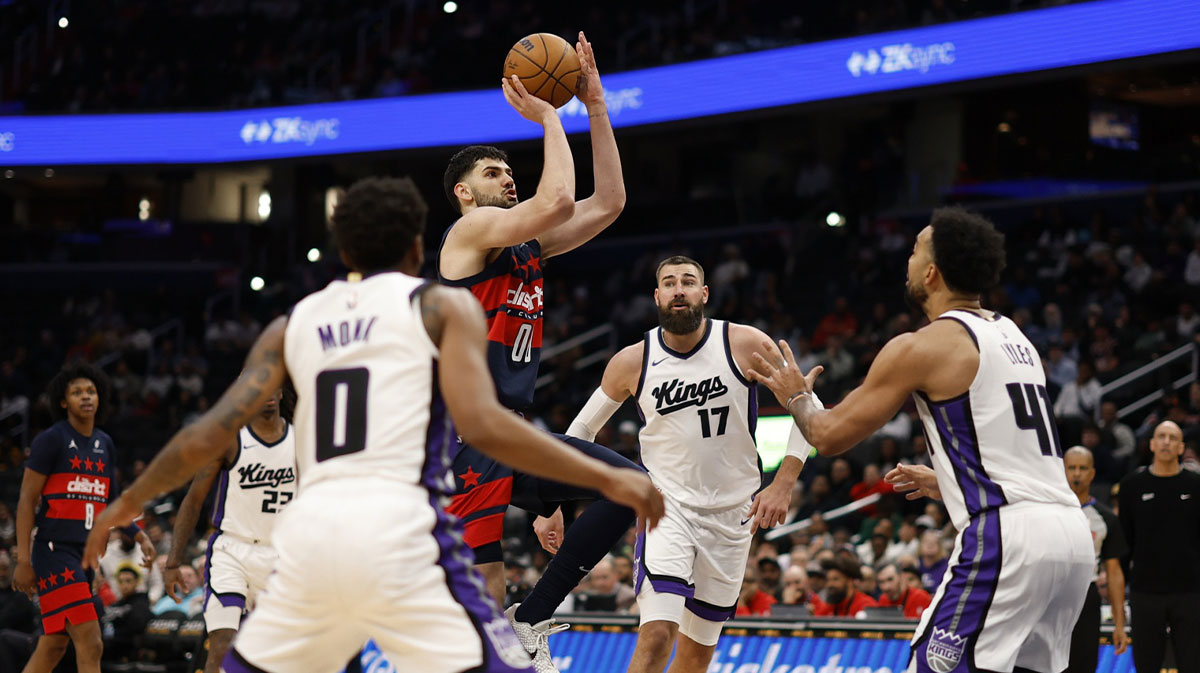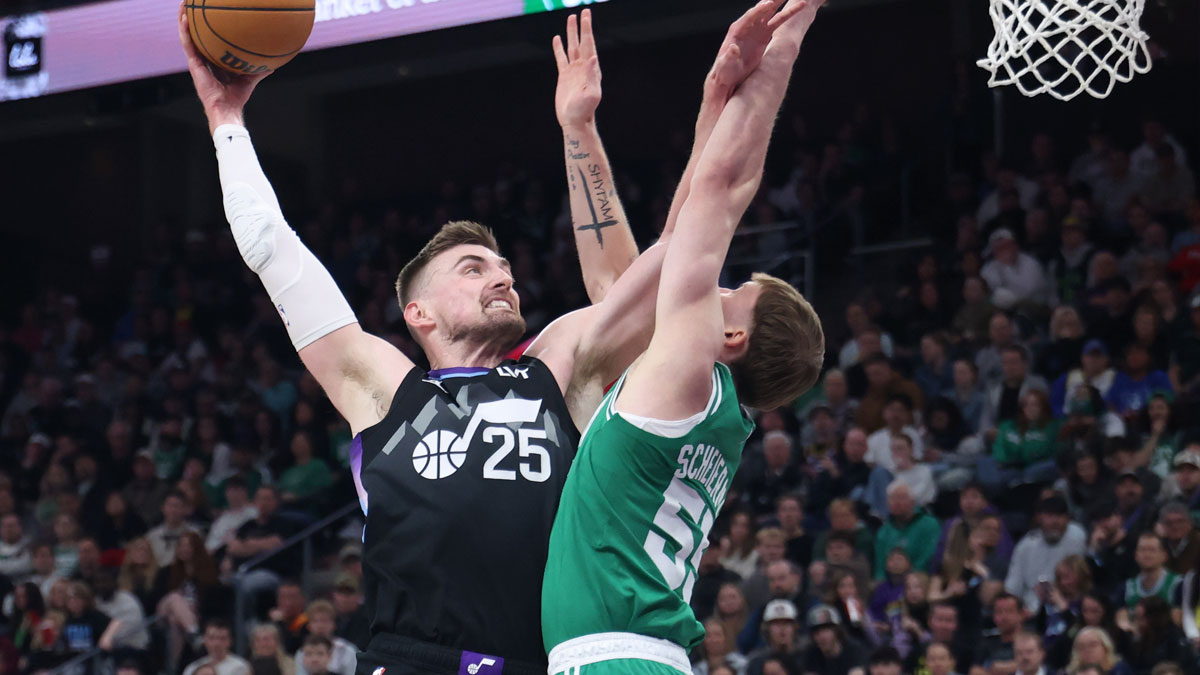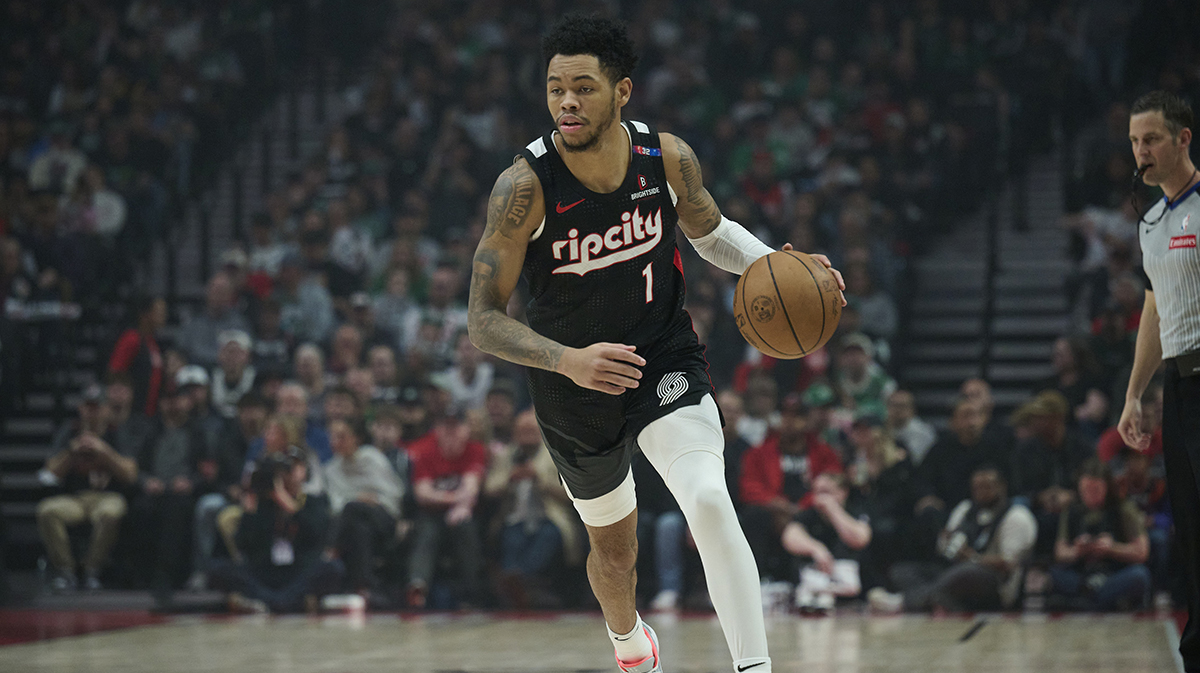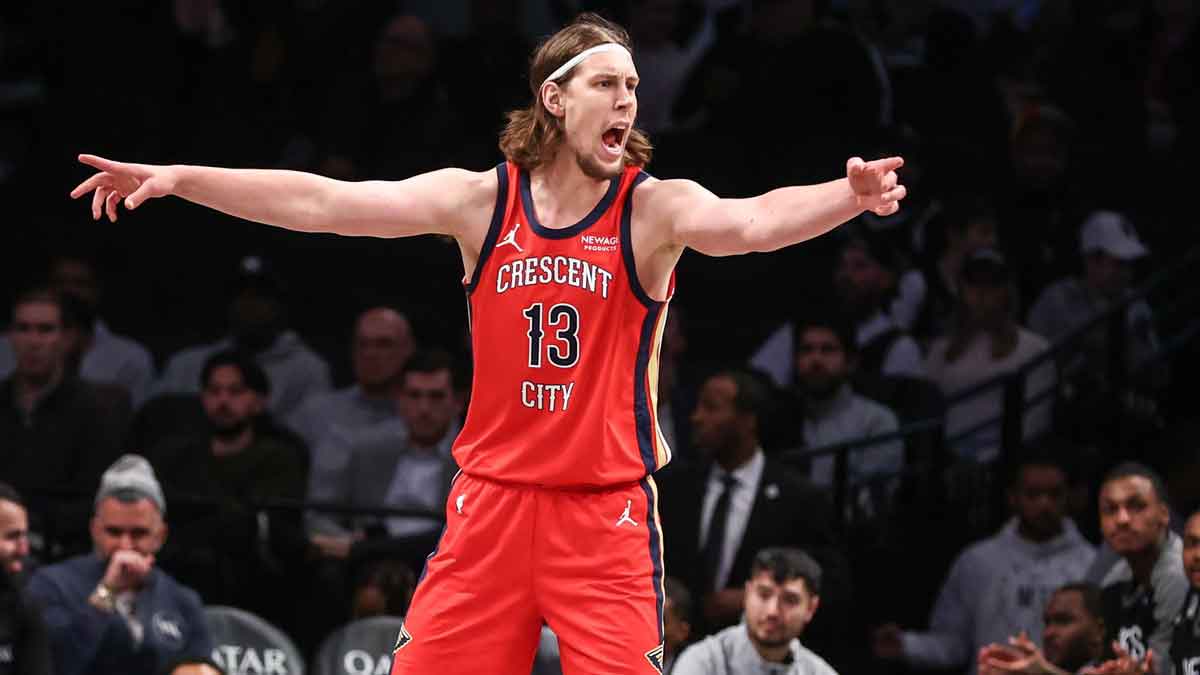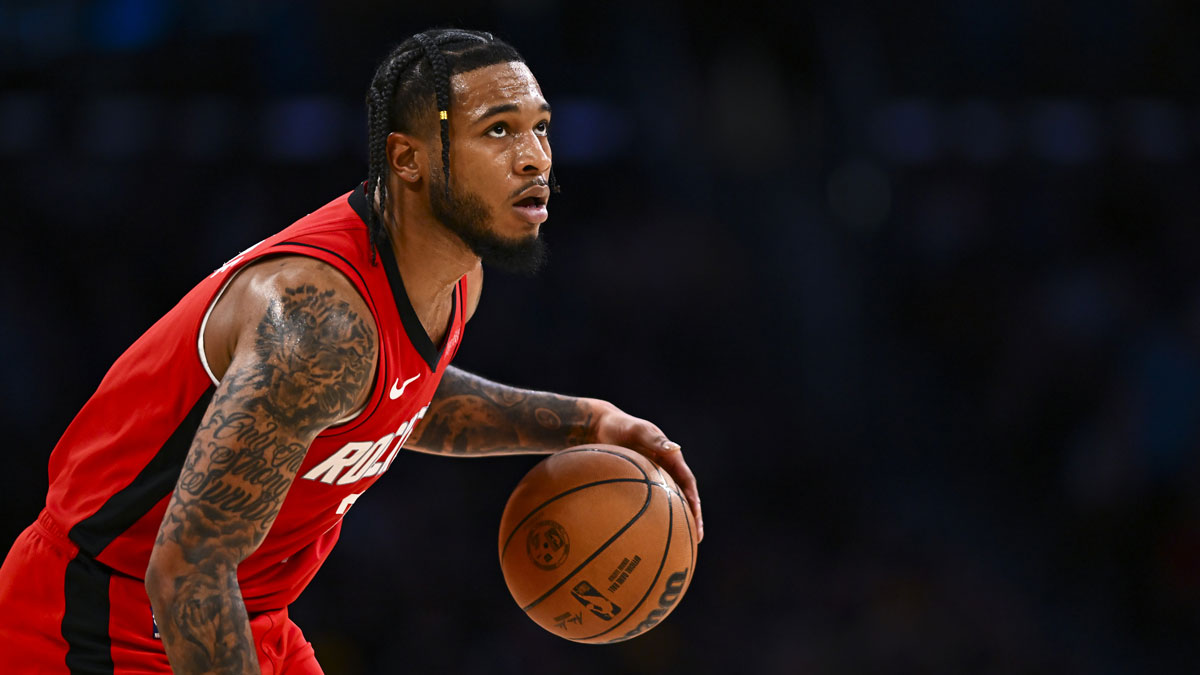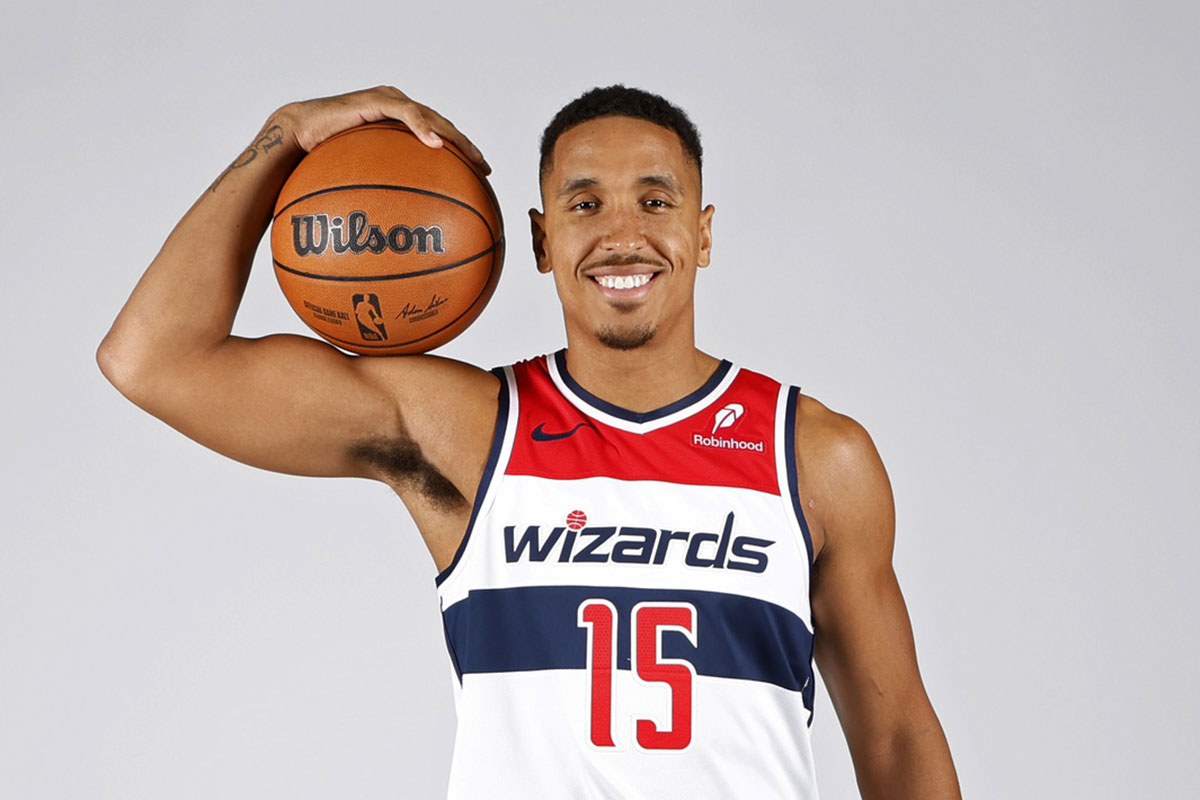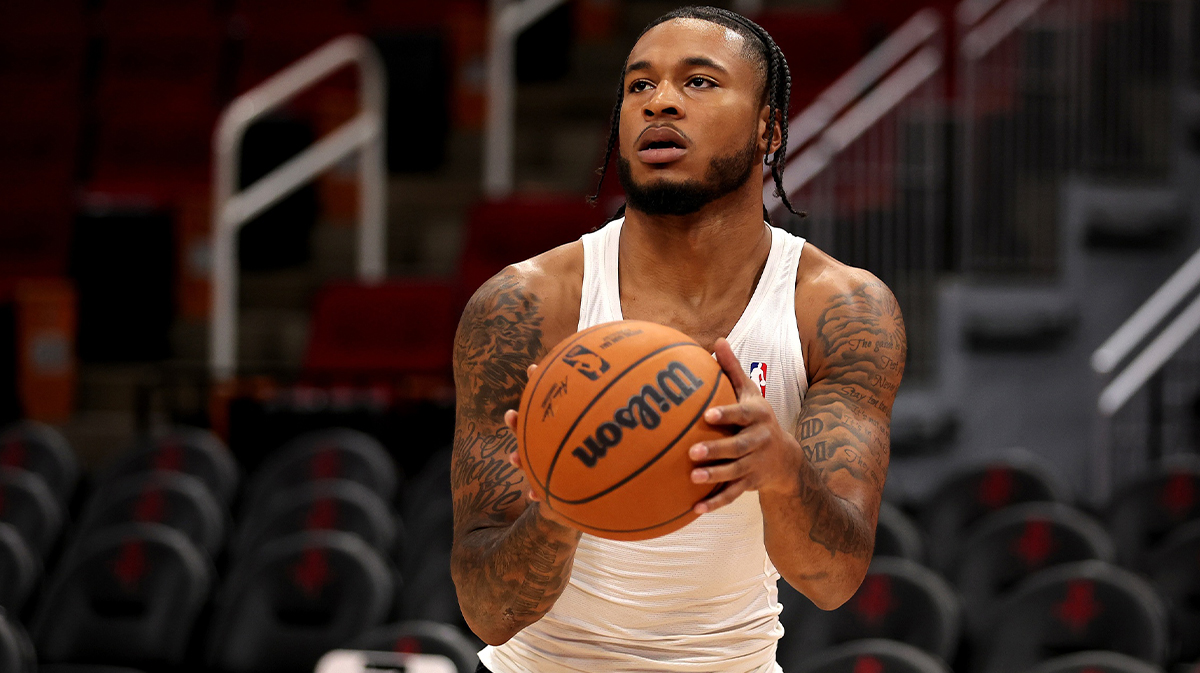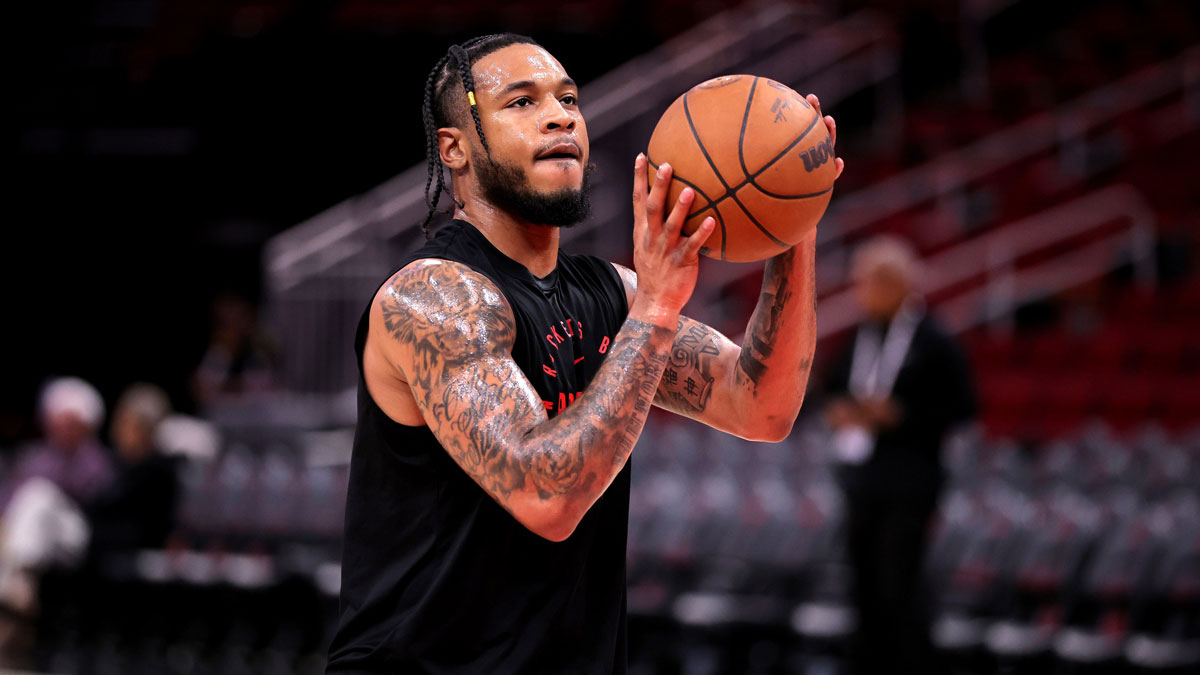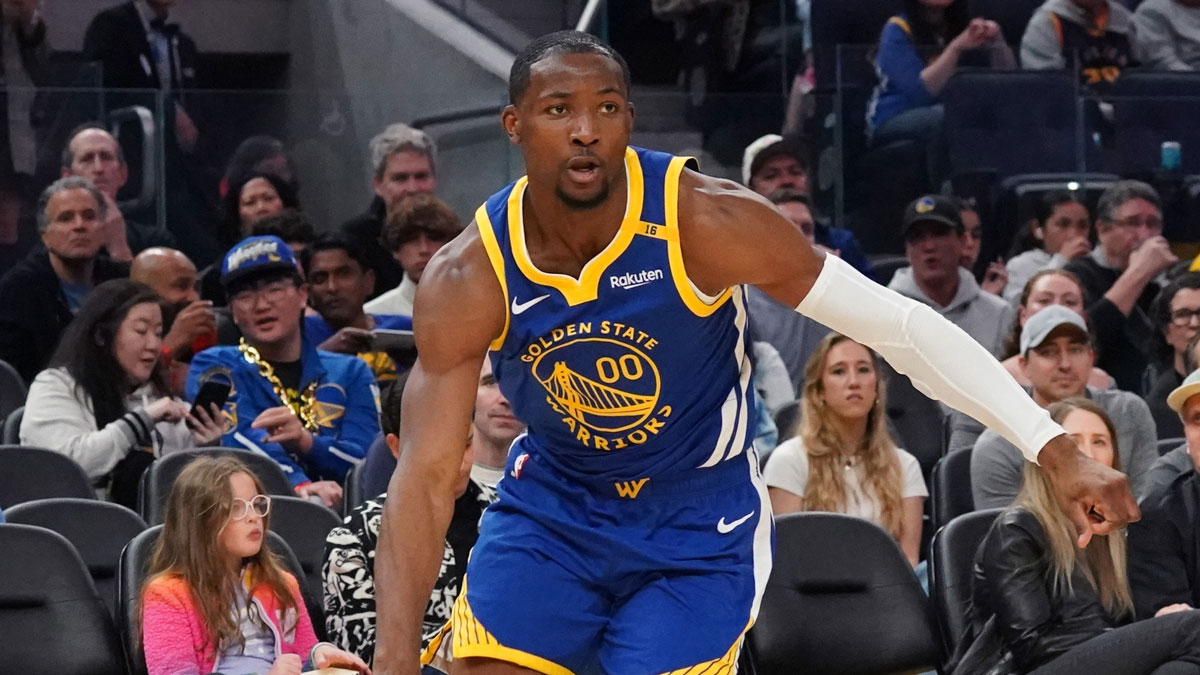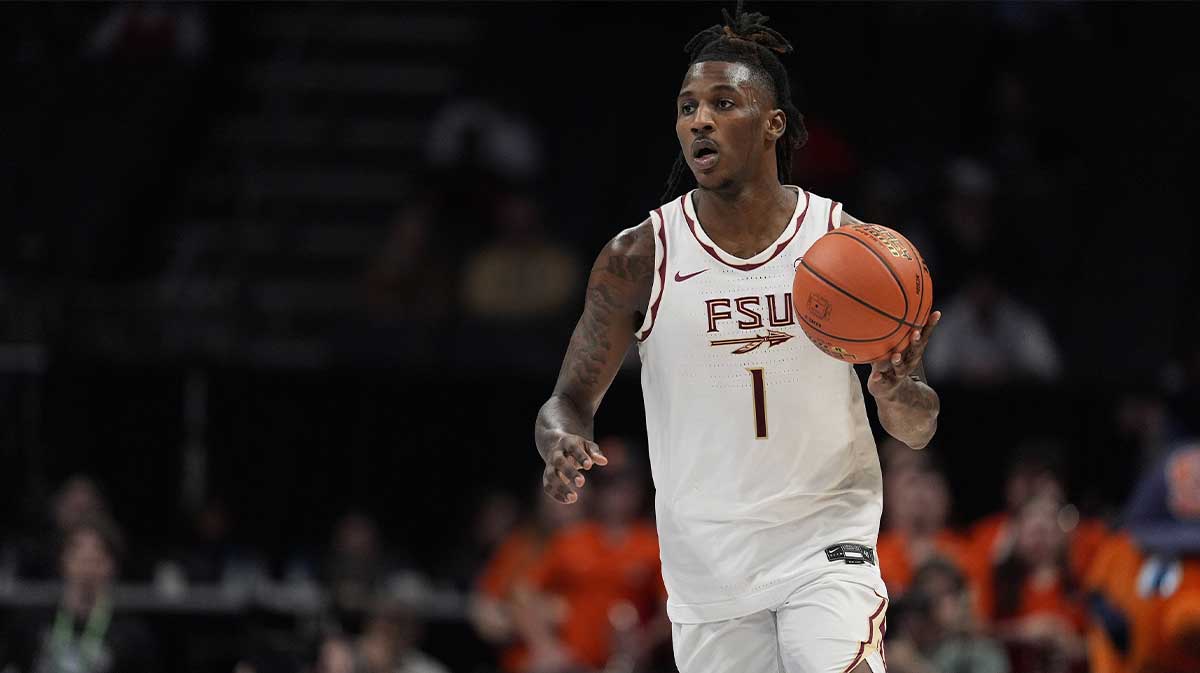This season, the Toronto Raptors embraced the sort of decentralized attack deemed necessary to move beyond its playoff struggles. This series, the Washington Wizards' John Wall is reminding everyone of the value of having the best player in a series.
Since dropping two games in Toronto, Wall has been a revelation, scoring 55 points and 28 assists in the past two games as the Wizards evened the series.
For years, the Wizards have been asked to craft a high-octane offense to take advantage of John Wall's blazing speed and vision—both of which rank amongst the very best in the league.
Over the past two games, however, the Wizards have leaned on an oft-overlooked aspect of his game: his size.
Untapped talents

During the regular season, the Wizards were a middling post-up team. They ranked 17th in points per post possession at 0.88 and 23rd in frequency at 5.2 percent.
Their floor general, John Wall—despite his 6-foot-4, 210-pound frame—has never been an efficient or high-usage post scorer.
Dating back to the 2015-16 season, he’s ranked in the 22nd, fifth and 22nd percentile in post-up efficiency since Synergy play type data was made available on NBA.com.
This season, he ran just 26 post-up possessions that resulted in a shot attempt or a turnover — albeit in 41 games — and in the past three seasons, he's totaled only 69 post-up possessions. For reference, LaMarcus Aldridge led the league with 704 post-up possessions this season.
However, after dropping its first two games of the Eastern Conference Quarterfinals on the road against the Toronto Raptors, Washington began to add in some post-ups for Wall, allowing him to facilitate or hunt for his own shot.
It’s a wrinkle the Wizards employed during last season’s Eastern Conference Semifinals against the Boston Celtics, particularly when Wall had the diminutive Isaiah Thomas defending him:
https://youtu.be/OZXQ9pVICbo
In each of those three clips, Al Horford cheats off his man to help on Wall, leaving someone open. The Kentucky product strikes with precision. The final two scores are almost carbon-copy setups as they occur in back-to-back possessions.
The first time, Horford abandons Marcin Gortat on the baseline and Kelly Olynyk is non-committal on the rotation, failing to switch onto the Polish big man, which leaves him open for a layup. The second time, Olynyk covers Gortat, but Horford sells out on the double and Markieff Morris steps into an open jumper.
Raptors point guard Kyle Lowry is a tenacious, bulldog defender. Much like Thomas, though, he remains undersized at 6-feet tall; especially when juxtaposed with Wall.
Utilizing the post

In Games 3 and 4, the Wizards exploited that height difference to spark some easy offense with seven post-up possessions, compared to just two in Games 1 and 2 combined (neither of which resulted in scores).
During 13 postseason contests in 2017, Wall post-ups led to 16 points — the same number they’ve produced the past two games alone. If you’re keeping score at home, that’s four points per game this postseason and just 1.2 points per game during last year’s postseason.
From the 4:42 to the 3:03 mark of the second quarter in Game 3, Wall posted up against Lowry on four out of five possessions — the lone other possession was a turnover from Mike Scott — and the Wizards scored on each one.
The first time, Wall backs down with the baseline wide open:
https://youtu.be/SjuxDKXAZ78
Once Wall spins toward the end line, Jonas Valanciunas—who had already cheated off Scott in the corner—rotates to take away the baseline. Wall immediately slings a pass along the baseline to Scott, who cans a three-pointer before DeMar DeRozan can closeout.
The next possession, a post-up from Wall catalyzes another triple:
https://youtu.be/MNybEJxJeVs
OG Anunoby slinks into the lane to provide help against the drive while his man, Bradley Beal, is stationed a few feet beyond the arc. Wall whips a pass to Beal that Anunoby doesn’t see coming, allowing the All-Star shooting guard to step into a deep three and nail it.
Countering the counters

After the Raptors surrendered a pair of three-pointers out of the Wall post-up, Lowry sagged into the paint as Wall made his way down the floor. Rather than dribble into his preferred midrange jumper, Wall simply dove into the teeth of the defense and, once again, backed down Lowry:
https://youtu.be/C74-4wHCQNA
Wall perhaps gets away with a shove against Lowry, which sends him sliding toward the baseline, but Gortat, as is the case on a few Wall post-ups this series, shrewdly flashes to the ball once Valanciunas helps off him and drops in an easy bucket.
Three straight post-up possessions stretched the lead from seven to 13 as Washington began to pull away for its first win of the 2018 postseason, clawing its way back into the series.
The five-time All-Star was not done channeling his inner big man yet, though. After Valanciunas answered with a trey on the other end, Wall went back to his sweet spot on the right block and with each of the other four Toronto defenders now staying at home, spun over his left shoulder and flipped in a half-hook over Lowry:
https://youtu.be/d0c-2BHRMe0
Following that string of scores for the Wizards, Toronto switched the larger, longer Anunoby onto Wall and left Lowry to deal with Beal’s off-ball motion. On the very next possession, Wall didn’t duck into the post; instead, canvassing his options from the top of the key.
Once Wall tried to feed Beal, who was curling around a screen, Anunoby poked the ball loose, scooped it up and was off to the races:
https://youtu.be/MNybEJxJeVs
Those four possessions were the only instances in which Wall went to the post-up against Lowry in Game 3. His midrange jumper in the pick and roll was falling and the Raptors continued to put longer defenders on him to combat the post-up.
Game 4

However, when Game 4 rolled around, John Wall went back to the well, beginning early in the second quarter.
Much like when Wall banked in the half-hook in Game 3, Lowry is on an island again as each of his four teammates remain glued to their man. Wall, bigger and quicker than Lowry, takes two dribbles then zips into the paint for a left-handed poster over Jakob Poeltl.
https://youtu.be/0C4qoTfIljg
Roughly five minutes later, Wall picked on Lowry again. This time, though, Valanciunas was in position to wall off (no pun intended) the star point guard’s drive, leaving Gortat free to roam behind the defense:
https://youtu.be/fzIAE0zrrno
Gortat’s and-1 again prompted a switch for Toronto. Anunoby defended Wall the next trip down while Lowry matched up with Beal.
From there, the Wall post-up was put on the backburners until the fourth quarter as Toronto switched nearly every pick and roll and threw a litany of bigger defenders on him, including Pascal Siakam, for a long stretch in the fourth.
Midway through the quarter, though, Wall found himself on the right wing against Lowry with space to work.
Again, a Raptors’ center was anchored in the middle to provide help, abandoning Gortat. And again, Gortat found a crease in the defense and Wall whirled a pass to him for a basket (sidenote: Gortat celebrating with a “Polish hammer” hand gesture is beautiful).
https://youtu.be/ktvjokbHblU
The post-up is a sparsely utilized play type for the Wizards and John Wall. But, in the last two games, they’ve found significant success with it, and by rough estimation, have produced 16 points on just seven possessions, scoring almost every time they run it.
The Raptors are forced to counter by pinning bigger, slower players onto Wall, which leaves the 6-foot Lowry to defend guys like 6-foot-5 Bradley Beal or 6-foot-8 Otto Porter Jr. When Game 5 rolls around on Wednesday, how often Wall posts up and how Toronto responds are important developments worth noting.
Widely regarded as one of the league’s top playmakers, Washington has found a new niche for Wall to operate in…powering past the Raptors to even the series.
All stats and videos via NBA.com and are accurate as of April 23.

